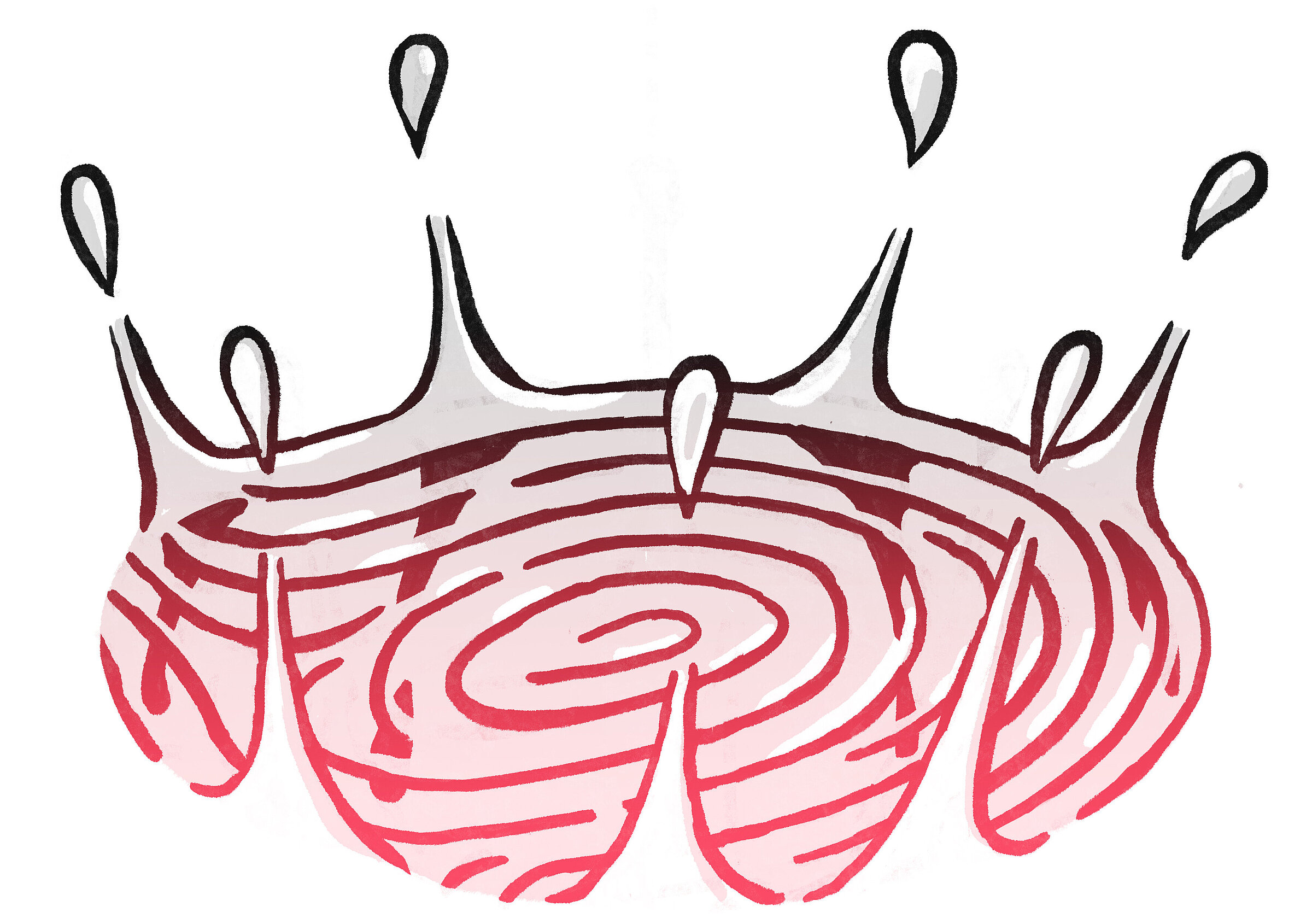Isotopes are like a person’s fingerprints. Water molecules all have the same chemical structure, with two hydrogen atoms and one oxygen atom, and three isotopes for each atom. However, these isotopes have slightly different properties. For example, today’s rainfall has a different isotopic characteristic than yesterday’s or than wastewater. This means the water in a river is a mixture of many molecules from different sources, just like a diverse population of people.
In our Einstein project MOSAIC, we are monitoring water sources in Berlin. We take samples of rainfall, water from groundwater wells and streams, such as the Panke and Spree, and wastewater, which is released into the rivers after being treated. We then analyze the isotopic properties using laser spectroscopy. This enables us to tell how much water has come from which source and how old it is. We can identify the babies and the old age pensioners in the water molecule population – yesterday’s rainfall or groundwater that is hundreds of years old. We can also determine how long it took a single raindrop to travel from falling onto a street in Berlin to flowing into the River Spree.
We use this data in mathematical models to build a picture of how the water sources in Berlin are changing over time. This can inform management plans and help build resilience in the context of climate change.
Berlin is quite a dry city. Even if people do not realise it, they take the water that falls here for granted. But the city only gets about 600 millimeters of rainfall every year – quite a small amount for four million people to depend upon. According to climate projections, rainfall will decrease by about 20 percent over the next 50 years. This has implications for water supply, the quality of river water, water organisms, and people’s health. Higher temperatures will make the city hotter, and rain will fall during more intense weather events, increasing the risks of flooding.
Instead of continuing to seal up the city so all the rainwater runs into gutters and then directly into the rivers, we need to turn the city into a kind of sponge that retains the rainwater. By understanding the paths the rainwater takes as it flows into the rivers with the help of isotopes, it is possible to identify the best places to create urban green spaces that soak water into the ground, keep the water within the city environment, and hydrate plants naturally. These types of green spaces also mitigate against the “urban heat island effect”, which is caused by dark tarmac and buildings absorbing the heat from the sun. This effect causes summer temperatures to rise by five to ten degrees in the city center compared to the Tiergarten or Berlin’s forested areas to the east of the city. This extra heat can cause quite serious health issues in Berlin, especially among the many elderly people who live in poorly ventilated apartment blocks.
The last few dry, warm summers gave us an indication of what the new normal is going to be like. A lot of challenges lie before us. Isotopes are not likely to solve all the world’s problems, but they will certainly provide evidence to help people make the right decisions.


